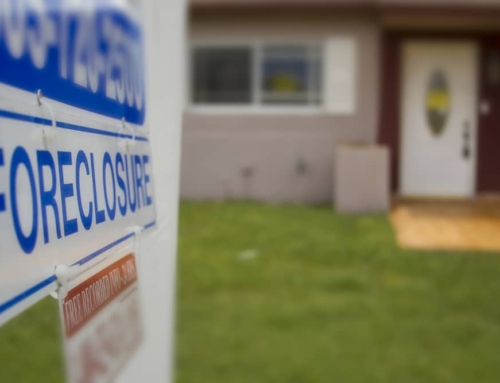If you have children, scouting out potential schools seems a natural way to choose a new neighborhood.
You’re thinking about their future educational development, social and extra-curricular opportunities, and what location will allow your children to take advantage of these options.
But even if you don’t have children, the quality of the local grade, grammar or high school plays a significant role in your future home’s appreciation.
Study after study has shown that homes located in the best school districts appreciate at a faster rate than homes located in mediocre or poor school districts.
This is even true of homes located in neighborhoods or towns that may have less than stellar reputations, but happen to be located partly or entirely in a well-regarded school district.
In many cases, the reputation of the school district overcomes many other shortcomings of the neighborhood, such as crime, a reputation for drugs or a poor local library.
Researching a potential school district is easier than it sounds. Many schools will provide you with information about the school if you call and ask for it. If you can’t get an individual school to assist you, call the local board of education.
Most local newspapers will publish the results of state-wide testing at different grade levels for metro area. You can compare each school’s results with those in neighboring communities.
But test results only tell part of the story. Visiting a local grade or high school will often tell you much more about the schools, its teachers and students than anything printed on paper.
You can call up a local school and make an appointment to tour the school, talk to the administrators, and perhaps visit a class, experts say. You can walk the grounds of the school, and see how well taken care of they are. Is the school in good shape physically? Is there a low student-teacher ratio? Do the students look happy and well cared for?
Are there computers in every classroom? Is the library well-stocked? Is the school clean? Is there ample space for children to play at recess? What kind of gymnasium does the school have? What about after-school programs?
When you’re investigating a new neighborhood, you should check out who walks neighborhood children to school and who meets and picks them up at the end of the school day.
You should also look to the Internet to aid you in your search for a good school district. An Ohio-based company called SchoolMatch (SchoolMatch.com) will provide you with plenty of data on a particular school. For a fee, the company’s counselors will help you find a school district that meets your children’s specific needs.
Most of the statistics relating to schools and home valuation look at suburban school districts. That’s because many big cities have lousy public school systems (relative to their suburban counterparts) and home prices rise based on the other amenities and benefits of city living.
But some big cities, like Chicago, are making an extensive effort to turn around their public schools, hoping to keep working families living in the city. While three-quarters of Chicago school children still can’t read at grade level, there have been other improvements in test scores. The city has build new schools and intends to build others. The greening of the city and the improvement in the schools, come at a time of record home sales and home prices.
Home buyers everywhere should carefully check out the school districts before they even make an offer on a home. It could mean the difference between truly superior home price appreciation or something not so grand.
Feb. 26, 2001.






Leave A Comment